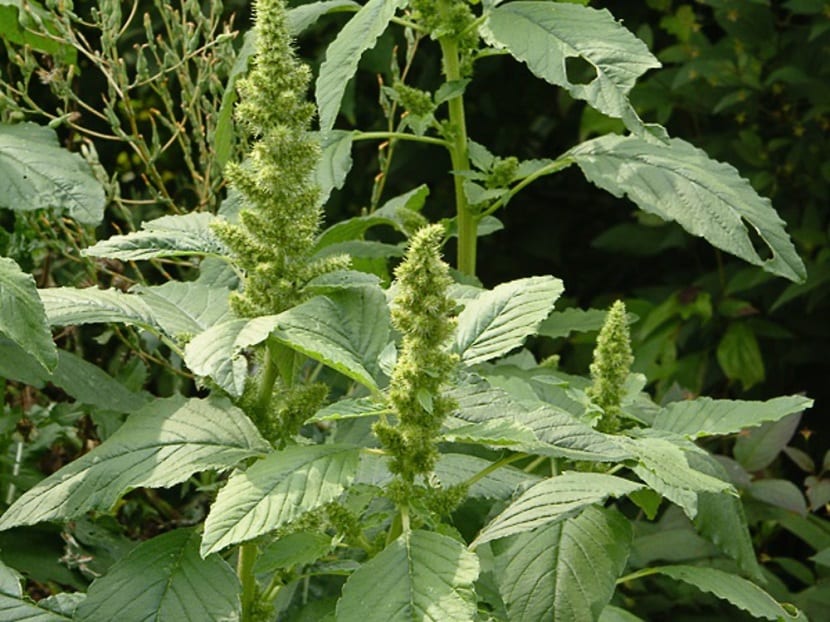
One of the most popular and abundant wild plants that can be eaten is pigweed. Its scientific name is Amaranthus retroflexus. It is considered in many countries as a weed, but it has very good medicinal properties. It is found in a large number of countries and numerous natural habitats and has been a part of traditional cuisine since ancient times.
If you want to know more about him Amaranthus retroflexus and its properties, this is your post 🙂
Key features
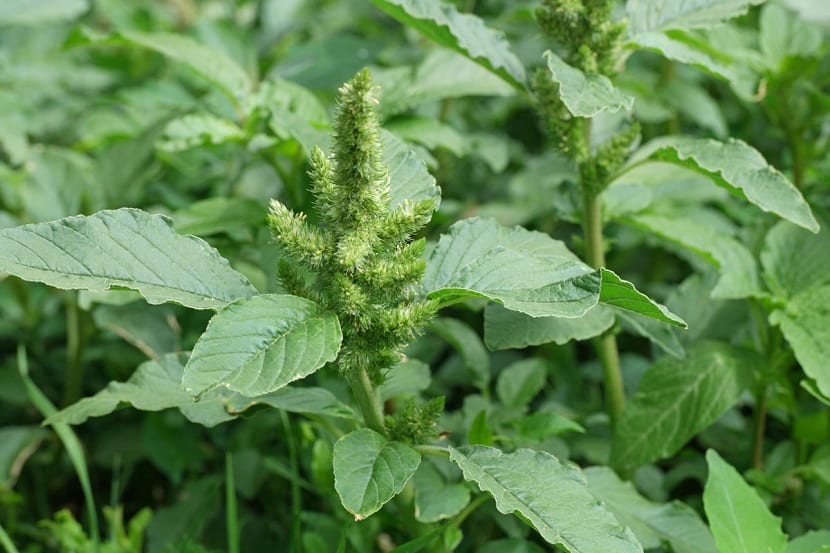
It is a plant that, although it is edible, is no longer consumed as in ancient times. It is neither cultivated nor commercialized today. Its leaves are almost 15 cm long and it is generally large specimens. The lower leaves are oval in shape and the higher ones are lanceolate.
Its fruit is a capsule of less than 2mm in diameter and that, when opened, has a black seed that serves to reproduce and expand. It is a plant that has a rare tendency. And it is that it usually grows and sprouts where pigs feed on grass. Its leaves and seeds are edible, so it also serves as food for livestock.
Due to the aforementioned fruit, it is usually considered as a pseudocereal. The seeds contain a large part of starch, although this plant does not belong to the family of common cereals such as wheat and rice.
Nutrients in milkweed
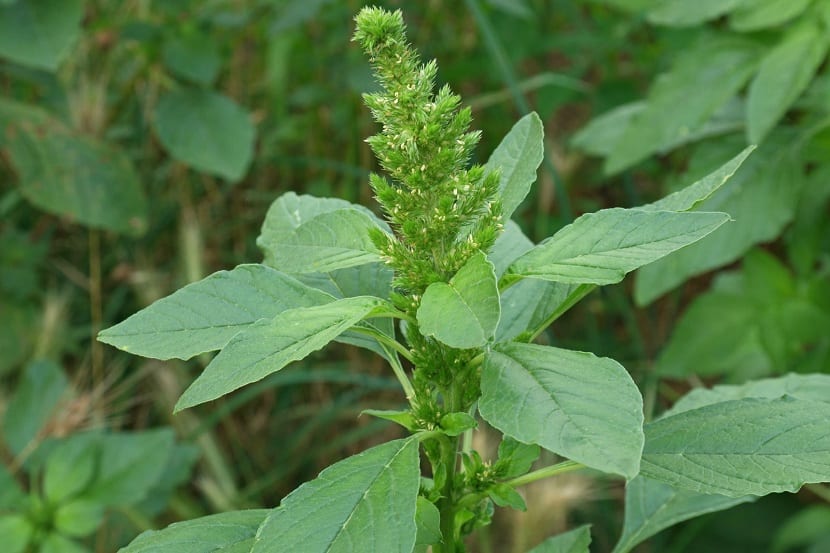
As we have mentioned, this plant is considered pseudocereal since it does not contain the same properties or characteristics as true cereals. Cereal plants are monocots. It has a useful chemical composition to serve in human nutrition as if it were a cereal. Its protein content and the amino acid lysine is quite high, which in conventional cereals is usually low. Therefore, it provides a wider part of nutrients that can serve as an extra contribution.
In this case, not only the seeds are edible, but also the leaves. The leaves are composed for the most part by water and to a lesser extent by carbohydrates, fiber, protein and very little fat. It is also composed of micronutrients such as iron, calcium, vitamins A, B2 and C, and carotenoids. The stems have a richer amount of iron. To consume the milkweed it is recommended to eat the 4 or 6 leaves that it has in the upper part of the stem, since the lower ones are woody in texture and bitter in taste.
It also has some compounds such as flavonoids, sphingolipids, sterols, and an amino acid. The seed is only 1 mm in diameter and is rich in lysine. It has some minerals such as phosphorus, potassium, magnesium, iron, zinc and copper. The importance of this seed is the good amount of carbohydrates and proteins it has.
Influence on crops and health properties
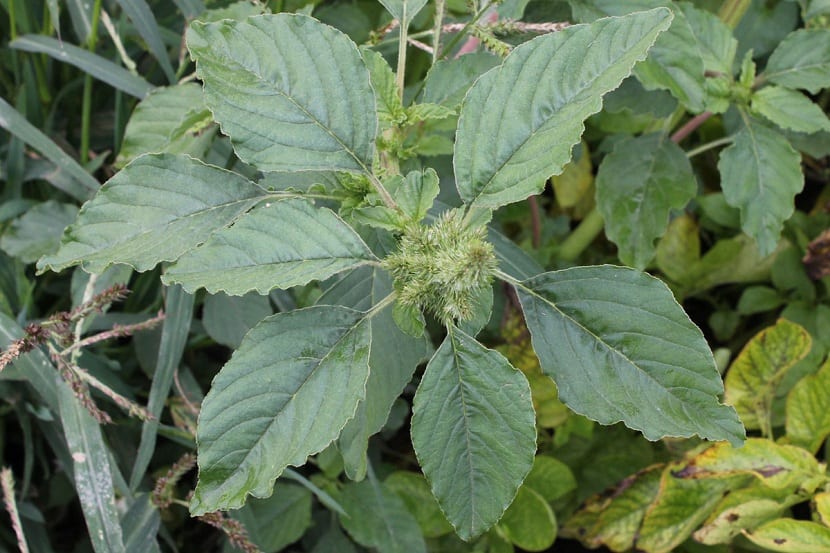
The stem and branches are the parts of the plant that are capable of storing the most nitrates. According to the Amaranthus retroflexus As it develops and ages, its nitrate absorption capacity increases. This nitrate absorption factor is quite important for the success of the plant or not against other cultivated plants. That is, since pigweed is considered a weed in many places, it is convenient to eliminate them if we have other crops. This is because it can steal nitrate from crops and they grow with less capacity and quality.
Nitrogen compounds are those that limit plant production. When carbohydrates are high, nitrogen compounds are low and vice versa. The sugars present in this plant are polysaccharides.
We already mentioned at the beginning that it also has medicinal uses. It has not only been used throughout history as a food, but also for its medicinal properties. The seeds are used thanks to their healing, antiparasitic and antioxidant properties.
You can prepare a tea with the leaves and has a calming and astringent effect. It can also be used to remove sores in the mouth that are inflamed. In bathrooms you can use the leaves of the pig to reduce fever.
For women who have very heavy periods, they can use the Amaranthus retroflexus to reduce it. It is also used to treat diarrhea and intestinal bleeding. In general, since it is high in potassium and fiber, it helps intestinal transit. What's more, It has diuretic and purifying properties. It is excellent in terms of detoxifying the body.
Forms of consumption of Amaranthus retroflexus
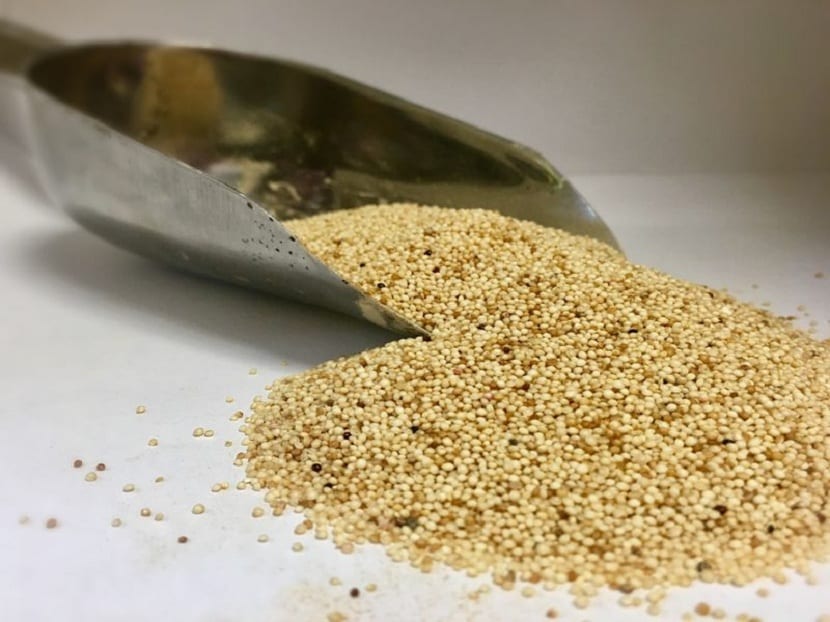
The leaves of the piglet have great versatility when it comes to cooking to eat. They are similar to spinach and are used to cook in different ways such as boiled, fried or even raw. In many parts of the world it is still consumed as one more vegetable to add to a salad.
It is an excellent component to make omelettes, cook them with rice and legumes or even make croquettes. In India it is used to make a well-known dish. It is called thoran and is composed of the combination of different leaves of the piglet cut and mixed with grated coconut, cuaresmeño chili, garlic, turmeric and other ingredients.
The seeds are also edible and can be ingested in different ways. They can be made both raw and toasted. To substitute the cereal, it can be ground into powder. It is used to make bread and act as a thickener. If you roast them before grinding them, they taste much better.
Despite what many people think, el Amaranthus retroflexus it is not toxic. Neither is any species that belongs to the genus Amaranthus. What must be avoided is that this plant is ingested by livestock numerous times. It can cause serious damage and even death if its consumption is excessive. However, for humans it is not dangerous, so it can be consumed without fear.
I hope that with this information you can learn more about Amaranthus retroflexus and enjoy it in any of the dishes without being afraid of any because it is toxic or something like that.
I have some purple piglet plants that have large thorns, I would like someone to tell me if these plants are also edible
Hello William.
In principle, yes, but we do not recommend its consumption without first consulting with an expert in edible plants.
regards
Excellent information, and it is greatly appreciated.
For a long time I said that I would look for information on this species, since I have it in abundance as an adventitious herb (not in my crops, but around it).
The information provided by you has been very valuable to me. Now will it be a new ingredient in my family's diet?
Thank you Israel for leaving us your comment 🙂
Excellent information from now on I will eat and enjoy the benefits of this plant
The information is very good and I suggest that schools be taken into account to carry out projects and publicize the benefits of this noble plant that is underused in some regions and ignored in many, thus losing a valuable natural and nutritional resource.
Thanks for your words, Sheo Salas.
I congratulate the group of the page for the content, some authors do not give this scientific name to the pig as it appears on the page
Thanks Jose. Indicating the scientific name of the plants we consider to be something, not only interesting, but even fundamental to be able to know them better, since that is a name that serves both in Spain and in the United States, Mexico, ... in short, throughout the world.
Common names are specific to each country or region, so the same plant can end up having dozens of different common names. And that can be very confusing.
Regards!
Hello, good morning, everyone, I was wondering if you can consume red piglet
Hello Jesus Milan.
The red pig, whose scientific name is Amaranthus blitumYes, it can be consumed, for example in salads.
Greetings.
I am looking for the properties of the Amaranthus Blitum Calflora. They sold it to me like a thousand spinach and it came out in my own fifth. these and not the spinach.
Thank you
Hi Norma.
From what I know, it is an antioxidant. But to learn more, we recommend consulting a herbalist.
Regards!
excellent information, in Colombia is it grown and marketed?
Hi Haydee.
We do not know. We are in Spain 🙂
But you can ask at a plant nursery in your area. They will be able to help you better.
Greetings.
Thank you very good info, I took one on the busy main avenue and I have doubts about consuming it, it has what I call a spike and some small thorns between the stem and the leaves, I don't know what the seeds are. Help me identify them please. Thanks